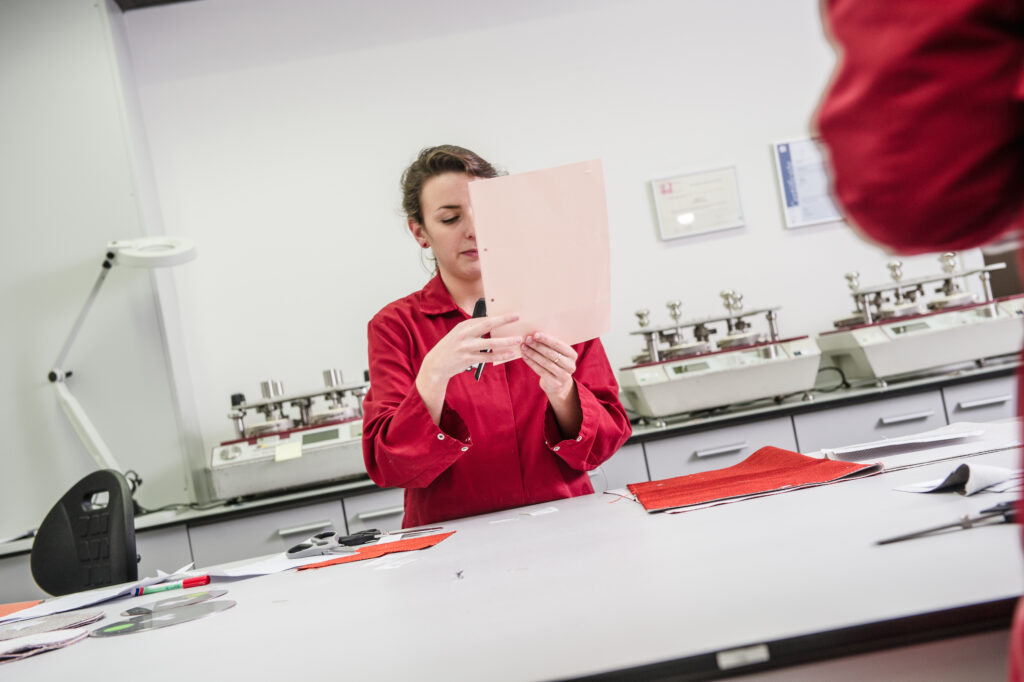Understanding FR fabrics regulations: EN 1021, parts 1 & 2
Fire safety is hugely important in the contract interiors sector, where decorative fabrics can help to ensure that workplaces and homes are safe. As we mentioned before in Fire-Retardant Textile Design: an introduction, commercial buildings face a higher risk of fire due to electrical equipment, cooking appliances, and high occupancy levels.
In light of the dangers, fire safety regulations have become more stringent for these spaces.
Today we’re going to examine a key fire safety regulation: EN 1021, parts 1 & 2—a fire standard central to the European Union.
EN 1021, Parts 1 & 2
Fire protection is a complicated process with many elements, and it can be difficult to figure out how they all fit together.
Overlapping international standards, differing test methods and different regulations from region to region can make it very difficult for manufacturers of consumer goods to determine which flammability standard they must adhere to.
This particular standard, the European EN 1021 Part 1 and 2, is valid throughout the EU and examines a fabric's reaction to a burning cigarette and butane flame (which simulates a match).
How the testing process works:
A textiles laboratory test rig is constructed out of fabric and foam to resemble a chair. The back of the chair is at right angle to the base so that an ignition source can be kept in permanent contact with both parts throughout testing.
EN 1021 Test Method Part 1
In Part 1 of this textile test, a lit cigarette is placed in the angle of the test rig and left to burn until it goes out. After 60 minutes, there should be no sign that it was ever smouldering or on fire.
EN 1021 Test Method Part 2
The second part of the test consists of applying a 35mm butane flame for 15 seconds to one corner (at an angle between the base and back). After removing it, no burning should occur in that area after two minutes have passed.
FR fabrics need to meet every standard (on land and sea)
Fabric manufacturers must take international fire safety testing methods and regulations into account when designing and making contract fabrics, because a fabric that performs well in one test may not pass another.
Feed your passion for fabrics
Interior designers working in commercial spaces have a responsibility to create environments that are not only visually appealing but also safe for occupants. By incorporating fire-resistant textiles into our designs, we can achieve a perfect balance between aesthetics and safety.
With the latest advancements in fire-resistant textile design, designers no longer need to compromise on style to meet safety regulations.
As the demands of contract spaces increase, design becomes more challenging and exciting. With the help of our blog posts and other resources, we hope you’ll learn something new about textile design that will inspire you to push your creative boundaries even further.
